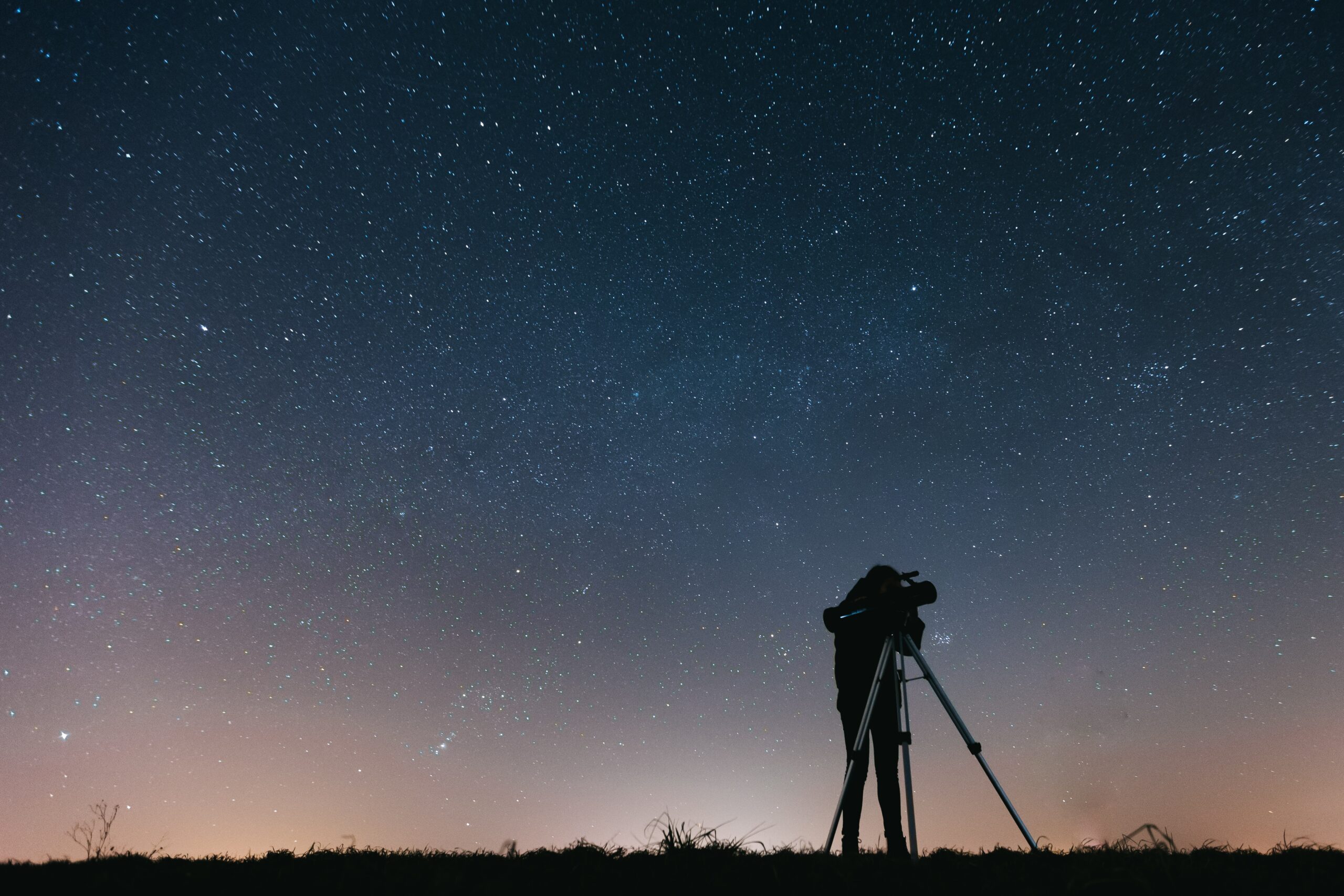Looking at the vast expanse of space, we are constantly reminded of how small we are in the grand scheme of things. But with the right equipment, we can peer into the depths of space and discover its mysteries. A deep space telescope is a powerful tool that can reveal galaxies, nebulae, and other celestial objects that are beyond the reach of the naked eye. In this article, we will discuss the most important characteristics of a deep space telescope and recommend the top 5 telescopes for deep space viewing.
Telescope Characteristics for Deep Space
- Aperture Size: The size of the aperture (the opening at the front of the telescope) is one of the most important factors in determining the telescope’s light-gathering ability. The larger the aperture, the more light the telescope can collect, which makes it easier to observe faint objects in deep space.
- Focal Length: The focal length is the distance between the objective lens or mirror and the point where the image is formed. A longer focal length means a narrower field of view, which can be helpful for observing small, distant objects.
- Optical Quality: The quality of the optics is crucial for obtaining clear, sharp images. A telescope with high-quality optics will minimize distortion, aberration, and other optical imperfections that can affect image quality.
- Mount Type: The mount is the platform that supports the telescope and allows it to be pointed at different objects in the sky. A stable, reliable mount is important for deep space observations because the telescope needs to remain steady for long exposures.
- Portability: Deep space telescopes are often large and heavy, so portability can be a concern. A telescope that is easy to transport and set up can be a big advantage for astronomers who want to travel to remote locations for their observations.
Top 5 Telescopes for Deep Space Viewing
- Celestron NexStar 8SE Telescope: This telescope has an 8-inch aperture, a focal length of 2032mm, and high-quality optics that provide clear, sharp images. It comes with a computerized mount that makes it easy to locate and track objects in the sky. The Celestron NexStar 8SE is also portable, with a weight of just 33 pounds.
- Orion SkyQuest XT10i IntelliScope Dobsonian Telescope: The Orion SkyQuest XT10i is a reflector telescope with a 10-inch aperture and a focal length of 1200mm. The IntelliScope computerized object locator helps you find deep space objects quickly and easily. The Dobsonian mount is stable and easy to use, and the telescope can be disassembled for easy transport.
- Meade Instruments LX90-ACF Telescope: The Meade Instruments LX90-ACF is a catadioptric telescope with a 10-inch aperture and a focal length of 2500mm. The Advanced Coma-Free (ACF) optics provide excellent image quality, and the computerized mount makes it easy to find and track objects in the sky. The LX90-ACF is also portable, with a weight of just 65 pounds.
- Sky-Watcher ProED 120 APO Telescope: The Sky-Watcher ProED 120 APO is a refractor telescope with a 4.7-inch aperture and a focal length of 900mm. The extra-low dispersion glass and apochromatic design provide excellent color correction and sharpness, making it an excellent choice for deep space viewing. The telescope comes with a heavy-duty equatorial mount that is stable and precise.
- Celestron CGX-L Equatorial 1100 Schmidt-Cassegrain Telescope: The Celestron CGX-L Equatorial 1100 is a Schmidt-Cassegrain telescope with an 11-inch aperture and a focal length of 2800mm. The StarBright XLT coatings on the optics provide maximum light transmission and high contrast images. The CGX-L Equatorial mount is designed to support heavy loads and provides smooth, accurate tracking for long exposure astrophotography. While this telescope is not as portable as some of the others on this list, it is an excellent choice for serious astronomers with a dedicated observatory or a permanent setup.
Want to view planets and galaxies? Check out these other telescope features and recommendations for viewing planets and galaxies.
